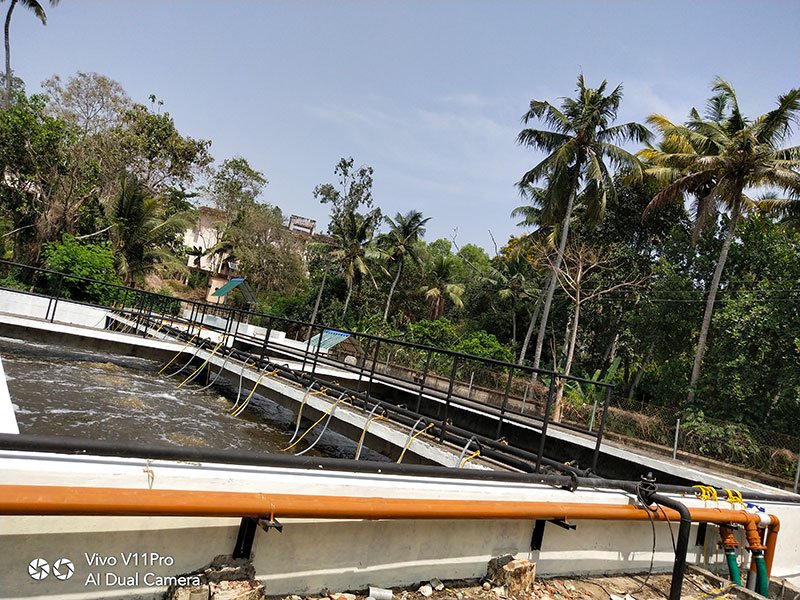
Sewage Treatment Plants (STP)
Waste water treatment is the process of removing contaminants from wastewater, including household sewage. It includes physical, chemical, and biological processes to remove physical, chemical and biological contaminants. Its objective is to produce an environmentally safe fluid waste stream. With suitable technology, it is possible to re-use sewage effluent for drinking water, although this is usually only done in places with limited water supplies.
Fields of expertise
Moving Bed Bio-Reactor Process (MBBR)
Aerobic Biological Sewage Treatment where diffused aeration and moving media is provided for attached microbial growth to treat the sewage and Sullage. In this Process the MBBR bio film technology is based on specially designed plastic bio film carriers or bio carriers that are suspended and in continuous movement within a tank or reactor of specified volume. Waste water is led to the MBBR treatment reactor where bio film, growing within the internal structures of the bio carriers, degrades the pollutants, by oxidation.
Sequence Bio-Reactor Process (SBR)
SBR is operated in a batch reactor mode which eliminates all the inefficiencies of the continuous processes. A batch reactor is a perfect reactor, which ensures 100% treatment. Two modules are provided to ensure continuous treatment. The complete process takes place in a single reactor, within which all biological treatment steps take place sequentially
Membrane Bio-Reactor Process (MBR)
In this design MBR module is used instead of fixed film media and moving bed media, Where the MBR modules suck out the treated water. Tertiary treatment (sand & carbon filter) is not required in the process and this technology given the better BOD than the other processes.